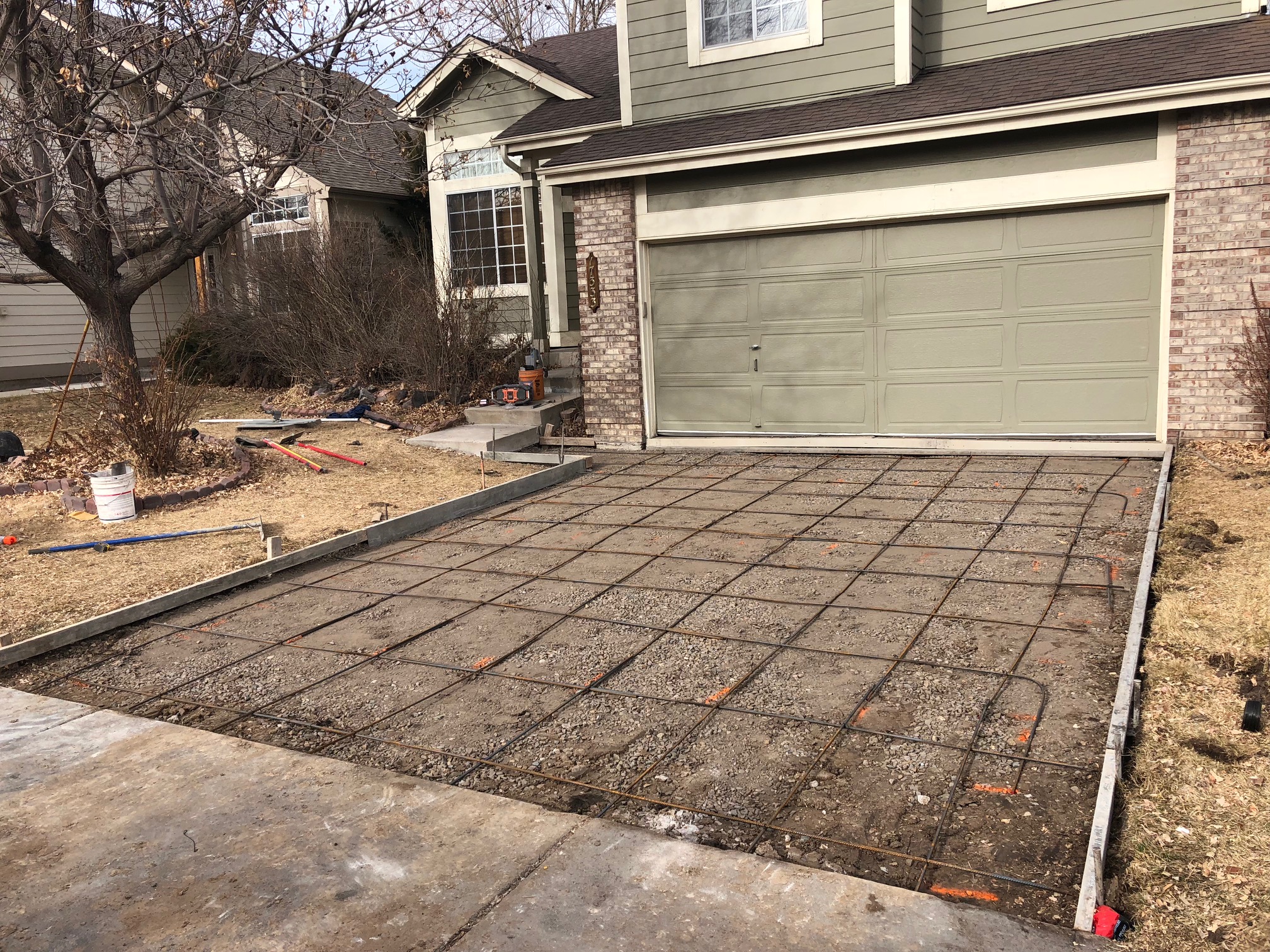 Reinforcement Bar (Rebar) and WWM (Wire Mesh) as-well-as Fiber and Admixtures
Reinforcement Bar (Rebar) and WWM (Wire Mesh) as-well-as Fiber and Admixtures
Compressive Strength
Concrete has exceptional compressive strength, the capacity to support tremendous sums of weight. Compressive strength is the amount of pressure required to crush concrete. As a simple rule of thumb, the greater the sum of aggregate in a concrete mix, the greater the compressive strength.
Tensile Strength
Relative to the compressive strength, the tensile strength of concrete is significantly less. Tensile strength is a measure of the chemical bond strength between the cement, aggregate and sand in a concrete mix, the amount of force required to pull concrete apart.
Concrete tensile strength is a measure of how well concrete stays glued together under torqueing, bending and twisting pressure.
It is because of concrete’s weak tensile strength that it must be reinforced with reinforcement bar (rebar) or wire mesh. Weak tensile strength is also the reason concrete additives like fiber and potash are used to supplement concrete mixes.
As such, it is as important to understand reinforcing materials as it is to understand concrete mix ratios.
Essentials of Rebar
Rebar is the most common reinforcing material and provides the most strength in concrete. The reinforcement potential of rebar is determined by the size of the rebar; the type of rebar; and the spacing of the rebar.
Rebar Sizing
Rebar reinforcing strength cannot be measured in direct proportion to diameter. As the diameter of rebar increases, its reinforcing strength increases exponentially, not linearly. As such, the diameter of rebar indicates very little with respect to reinforcing strength.
Never the less, in Canada, Europe and most of the rest of the Western World, rebar diameter is used to name different sticks of rebar. For example, #10 Canadian rebar has a nominal diameter of 10 millimeters; #25 has a nominal diameter of 25 mm; and #50 is 50 mm.
But, again, the European/Canadian sizing system does not help determine how much rebar is required nor how much or little spacing is needed between the rebar.
In the United States, the number assigned to rebar does not reflect the diameter -- but instead, -- the minimum yield strength (M.Y.S.) in kilopounds per square inch. The minimum yield strength of #1 rebar is 1,000 kilopoinds per square inch; #2 has a M.Y.S. of 2,000 kilopounds… number #6 has a M.Y.S. of 6,000 kp.
The U.S. standard provides information that is useful with respect to constructing with reinforced concrete.
At Denver Concrete Company, we will use rebar in both regular and stamped concrete. The size will depend on the thickness of the slab.
Rebar Types
Corrosion resistance is second only to strength with respect to rebar. Every non-basic rebar type was designed to prevent corrosion while maintining strength.
There are six basic types of rebar:
1) European Rebar – Inexpensive, European rebar is also the least resistant to bending which means it is the weakest type of rebar. But, for most home projects, it is more than adequate.
2) Carbon Steel Rebar – The most common rebar type used in the United States, it is also called “black rebar.” It is used for everything from DIY projects to mega-scale skyscrapers and bridges.
3) Galvanized Rebar – Forty times more resistant to corrosion than carbon steel rebar, it is difficult to work with because bending it means destroying the galvanized coating. Galvanized rebar is only necessary in extremely wet or humid projects like swimming pools.
4) Epoxy Coated Rebar – This rebar is 70 to 1,200 times more resistant to corrosion than black rebar, but the cost can only be justified in the most extreme situations.
5) Stainless Steel Rebar - The least corrosive of the metal rebar types, again, it is only justified in extreme situations.
6) Glass-Fiber-Reinforced-Polymer – Water cannot corrode this rebar, ever. But, the cost makes it almost impossible to justify for a home project.
Reinforcing Mesh
Reinforcing mesh is the perfect rebar substitute for flat work. It requires – relative to rebar – very few wire ties; the spacing is predetermined and is available in a variety of sizes.
Reinforcing mesh can be used for patios and porches; driveways; tennis and basketball courts; and for home flooring projects including garages and decorative interior floors.
Light reinforcing mesh often comes in rolled bundles for easy transport and staging. Larger diameter reinforcing mesh comes in large sheets.
Fiber Reinforcement
An additive used to supplement the cement/aggregate/sand mix, fiber is a polymer or steel product used to prevent cracks and shrinkage in concrete as it cures. For flatwork, fiber additives are a wise addition.
However, fiber reinforcement products do not help with the tensile – flexural – strength of concrete. In fact, it can be argued that the smooth, non-abraded grains of fiber actually reduce the tensile strength of concrete.
But, fiber reinforcement does increase the flexibility of concrete which makes it a beneficial additive in areas where the ground freezes and thaws (swells and shrinks.)
Admixtures
The point of admixtures are to reduce the amount of water required to make concrete workable. The more water, the more workable fresh concrete is. However, the more water concrete has in it when fresh, the more porous it will be when it cures. Porous cured concrete has poor compressive strength and poor tensile strength.
Sodium and calcium chloride,potash and a variety of other products can be used as admixtures. However, it is important to understand that an over-saturation of concrete with admixtures can actually reverse the compressive and tensile strength of concrete.
If you have any questions about our concrete services, please don't hestitate to contact us
